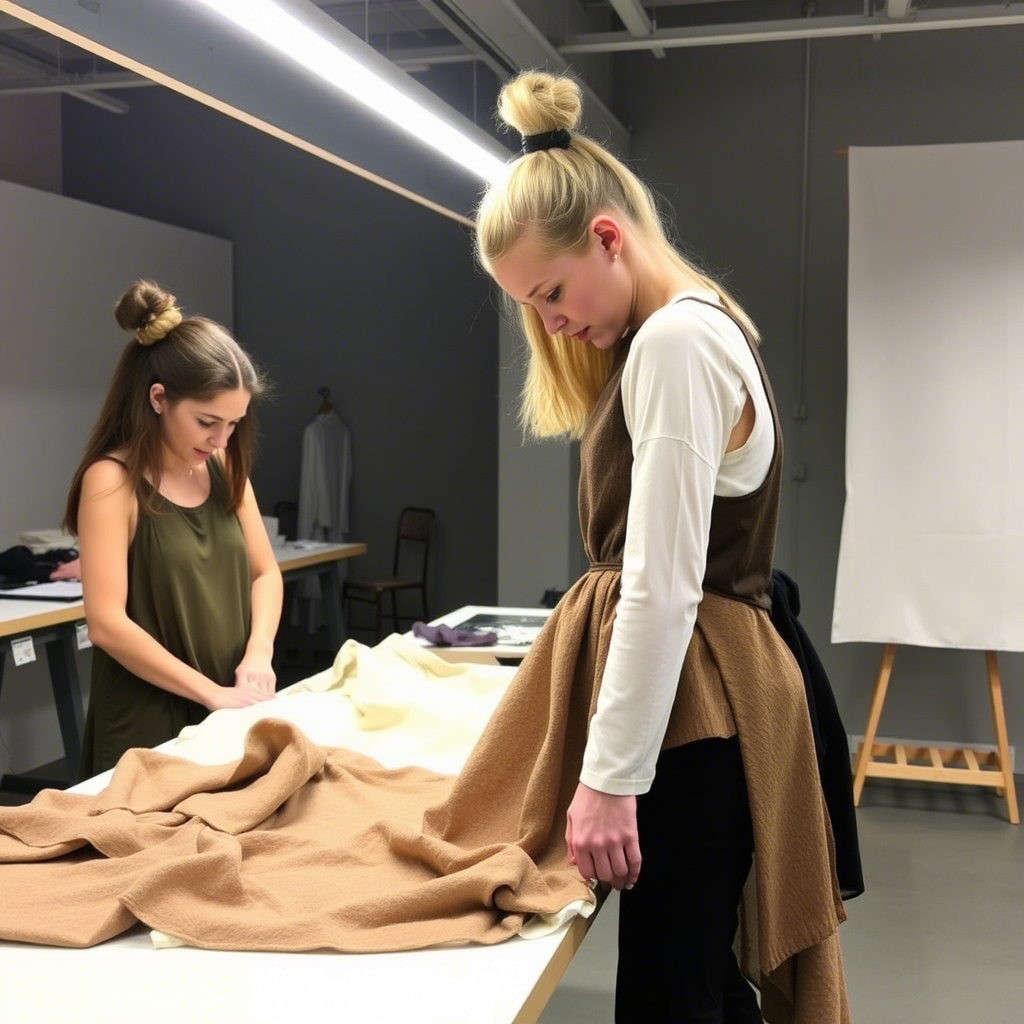Boys and Girls Clothing Manufacturers for Fashion Brands
The demand for high-quality, stylish clothing for children has seen a significant surge in recent years, driven by parents’ increasing willingness to invest in their children’s apparel. As a result, fashion brands are continually on the lookout for reliable boys and girls clothing manufacturers who can deliver on both quality and style. Partnering with the right manufacturer is crucial for fashion brands aiming to establish a strong presence in the children’s wear market. This article explores the key considerations for fashion brands when selecting a clothing manufacturer for boys and girls, highlighting the importance of quality, design flexibility, and ethical production practices.
Understanding the Needs of Children’s Fashion Brands
Fashion brands catering to children need to balance style with comfort and durability. To achieve this, they must work with manufacturers who understand these requirements. Key aspects to consider include:
- Quality of Materials: The use of high-quality, child-friendly materials that are both comfortable and durable is paramount. For example, manufacturers that source their fabrics from reputable suppliers ensure that the final product is not only stylish but also safe for children.
- Design Flexibility: The ability to adapt designs according to the brand’s vision and the latest trends is crucial. This includes the capacity to make prototypes and adjust them based on feedback, as seen in
 .
. - Production Capacity: Brands need manufacturers that can scale production according to demand without compromising on quality. This involves having a robust production infrastructure, including
 .
.
Key Factors in Choosing a Manufacturer
When selecting a boys and girls clothing manufacturer, several factors come into play:
- Ethical Production Practices: Ensuring that the manufacturer adheres to ethical labor practices and environmental sustainability is increasingly important for brands. This includes fair wages, safe working conditions, and eco-friendly production methods.
- Compliance with Regulations: Manufacturers must comply with international and local regulations regarding children’s clothing, including safety standards and labeling requirements.
- Reliability and Communication: Effective communication and reliability in meeting deadlines are critical for maintaining a smooth supply chain. Brands should look for manufacturers with a proven track record in these areas.
Benefits of Partnering with the Right Manufacturer
Partnering with a reliable and skilled manufacturer can significantly benefit fashion brands. For instance, a brand that specializes in boys’ outerwear can benefit from a manufacturer that offers high-quality coat production, as seen in the variety of styles available at https://lezonkids.com/boys-coat/. Key benefits include:
- Enhanced Brand Reputation: By associating with manufacturers who prioritize quality and ethics, brands can enhance their reputation among consumers.
- Increased Customer Satisfaction: High-quality products that meet consumer expectations lead to increased satisfaction and loyalty.
- Competitive Advantage: Brands that consistently deliver stylish, high-quality clothing can differentiate themselves in a crowded market.
Challenges and Opportunities
The children’s clothing market presents both challenges and opportunities for brands and manufacturers alike. Challenges include keeping up with fast-changing fashion trends and ensuring sustainability. Opportunities lie in:
- Sustainable Fashion: There’s a growing demand for sustainable and eco-friendly clothing. Manufacturers who adopt green practices can offer brands a competitive edge.
- Customization and Personalization: With advancements in technology, manufacturers can now offer customization options that cater to individual preferences, opening new avenues for brands to engage with their customers.
Best Practices for Collaboration
For a successful partnership between fashion brands and clothing manufacturers, several best practices can be adopted:
- Clear Communication: Establishing clear communication channels from the outset to ensure that both parties are aligned on expectations and requirements.
- Regular Feedback: Encouraging a culture of feedback to continuously improve products and processes.
- Long-Term Partnerships: Fostering long-term relationships based on trust and mutual benefit, as depicted in the collaborative environment of a
 .
.
Conclusion
The partnership between fashion brands and boys and girls clothing manufacturers is pivotal in delivering high-quality, stylish children’s wear. By understanding the needs of children’s fashion, choosing the right manufacturer, and adopting best practices for collaboration, brands can thrive in this competitive market. For brands looking to explore options for high-quality children’s clothing, visiting https://lezonkids.com/ could provide valuable insights and opportunities. Ultimately, the success of fashion brands in the children’s wear segment hinges on their ability to work with manufacturers who share their commitment to quality, style, and ethical practices.

Comments